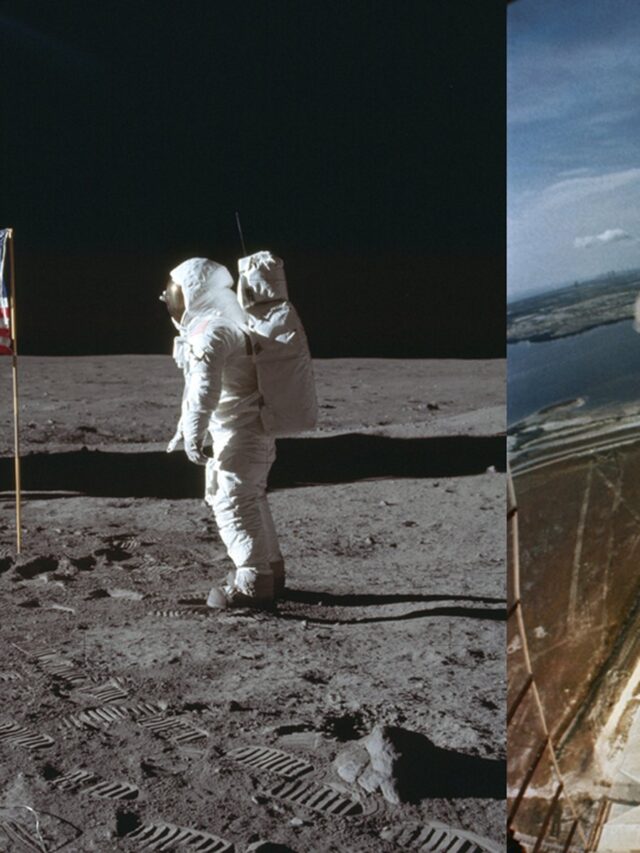Municipal water is essentially ‘tap water’, in layman’s terms, that is administered to numerous enterprises and residences via subterranean pipelines. Before it is transported to these regions, this water is thoroughly cleaned and treated, which implies that the preponderance of contaminants have been eradicated before its applications. Regardless of the fact that the water quality criteria has been specified by the competent authorities it must be maintained by each municipality. Moreover, tap water quality fluctuates from community to community.
The Environmental Protection Agency (EPA) has formulated water quality guidelines that takes into consideration approximately 90 potential pollutants. However, some communities will employ very effective treatments that may eradicate 99 percent of all contaminants, characterized by extremely clean and hygienic drinking water. Nevertheless, some towns and cities will merely satisfy the very statutory guidelines, which can have a substantial impact on how the water tastes and how safe it is to drink.
Conventional Wastewater Treatment Procedure-
Conventional wastewater treatment is a term that implies a method of wastewater treatment that can reduce objectionable properties of water carried waste and render it less dangerous and repulsive to humans and the entire ecosystem. It consists of a combination of physical, chemical and biological processes to remove solids, organic matter and sometimes nutrients from wastewater. Municipal wastewater treatment typically comprises preliminary treatment, primary treatment, secondary treatment, tertiary treatment (if required), sludge treatment and disposal.
Preliminary Wastewater Treatment Includes-
- Removal of large objects using bar screens
- Heavy settleable inorganic solids using grit chambers
Screenings and grit, eliminates coarse materials including rags that would impede mechanical apparatus. Grit removal separates heavy, inorganic, sand like particles that would otherwise settle in channels and hinder treatment operations. If these are not removed at the beginning of a wastewater treatment plant, can impair downstream treatment processes and damage moving equipment (e.g., pumps).
Although preliminary treatment serves to prepare wastewater for subsequent treatment, it has limited influence on wastewater quality.
- Primary Wastewater Treatment– This involves settling or sedimentation tanks for the sedimentation process. It removes around 60% of the total suspended solids and around 30% of the total BOD from the wastewater. It also helps in the lowering of the operational problems in the next series of the treatment units. The settled primary sludge solids must be continuously removed from the bottom of the sedimentation tank and stabilized, usually by anaerobic digestion and less frequently by aerobic digestion. Primary sludge typically contains 2 to 5% total solids with 60 to 80% organic content. The removal of pathogens during primary treatment is not very high, therefore downstream treatment generally requires pathogen removal technologies in addition to organic matter removal to meet discharge or reuse requirements.
- Secondary Wastewater Treatment– A biological treatment removes biodegradable BOD that has escaped the primary treatment through microorganisms. It also removes suspended and non-settleable colloidal solids. Generally, biochemical oxygen demand (BOD) is used as a measuring parameter for wastewater, as organic matters are removed, BOD level decreases. These biological unit processes are further classified into suspended growth systems and attached growth systems.
Tertiary Wastewater Treatment- Tertiary treatment adds to a more advanced and rigorous level of treatment. Tertiary treatment of effluent involves a series of additional steps after secondary treatment to further reduce organics, turbidity, nitrogen, phosphorus, metals, and pathogens. Most processes involve some type of physicochemical treatment such as coagulation, filtration, activated carbon adsorption of organics, ultra-filtration, reverse osmosis, and additional disinfection.
Objectives of Wastewater Treatment-
Conventional municipal wastewater treatment techniques are intended to generate effluent suited for disposal to surface waterways. The procedures are intended primarily to remove BOD, COD and suspended particles, although wastewater components correlated with particles are also removed. Even though the methodologies were not designed for trace metal or hazardous chemical removal, significant removal of trace impurities may also occur in conventional treatment. To extrapolate, the following are the primary objectives of wastewater treatment–
- To Enhance wastewater quality
- Elimination of pollutants, toxicants and many such
- Preservation of water quality of natural water resources
- To enable wastewater to be used for other objectives.
- Prevention of harmful diseases
Thus, water treatment attempts to minimize BOD, COD, eutrophication, and certain other contaminants in receiving water bodies while also inhibiting biomagnification of harmful toxins throughout the food chain.
Triveni Water Treatment Plant
Triveni’s Water business offers efficient, sustainable, and comprehensive water/wastewater treatment solutions to address the rising challenge of water scarcity. They have executed some of India’s biggest projects in this space. Their advanced project management skills, coupled with competent in-house engineering and design teams, enable them to deliver advanced solutions and a high degree of value to our customers. Triveni provides highly sophisticated municipal utility solutions based on our vast expertise and experience in the sector, which include:
- Water treatment – conventional/membrane based
- Sewage treatment – conventional/biological nutrient removal
- Sludge treatment
- Bio gas handling system for power generation
- Recycling/reuse
For effluent treatment, common effluent treatment, and sewage treatment, they use the most sophisticated technology available (physical, chemical, and biological treatment). Triveni’s solutions are designed to address the stringent demands of cities and industrial clusters to minimize surface water and groundwater pollution while adhering to NGT norms and regulations.
Read More: Mobile Apps For Delivery















